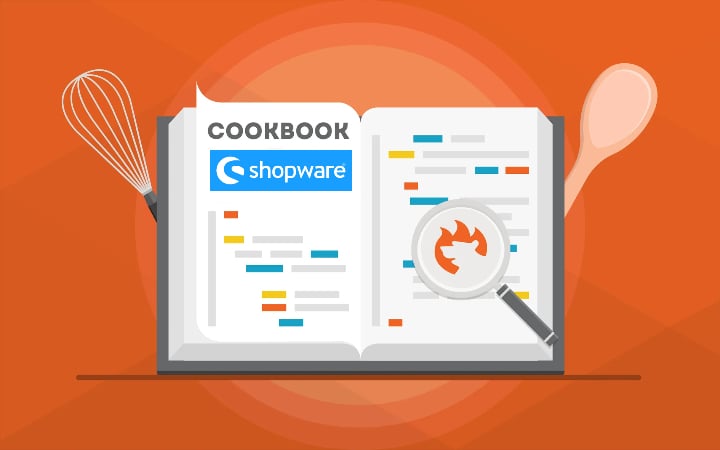How to Change The Information of The Frontend in Shopware

The e-commerce world is gradually changing. Magento that was once oriented towards businesses of all sizes switches attention to bigger clients, creating a gap for other e-commerce platforms to fill in. Therefore, more and more merchants focus on Shopware 6 – the latest version of the most popular German e-commerce system that now goes internationally. New retailers and wholesalers join the ecosystem every day. But since they are new to the platform, people are wondering how to change the information of the frontend in Shopware. Because all the data displayed on the storefront is divided into numerous categories, we’ve created a separate guide per section. Each article describes how to edit your Shopware backend to change the information displayed on the frontend. Continue Reading
